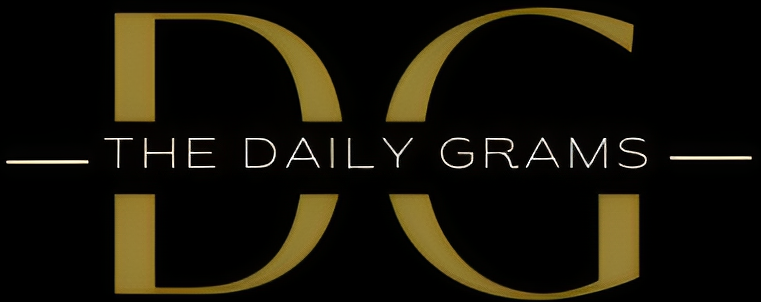Gold Price: A Comprehensive Overview
In the dynamic world of finance, gold has long been a barometer of economic health and uncertainty. As we delve into the current landscape, it’s evident that the gold market is navigating a series of shifts, impacted by a range of factors. Let’s explore the intricacies that are influencing the Gold Price in 2023.

1. Federal Reserve’s Standpoint: A Tightening Bias Amidst Economic Flux
Despite signs of easing inflation and a softening economy, the Federal Reserve maintains its tightening bias, holding significant sway over the gold market. This stance, some analysts argue, is discouraging hedge funds from actively engaging with gold.
2. Changing Tides: The Post-$2,000 Era
Thе fеar tradе that catapultеd gold pricеs to $2,000 an ouncе has run its coursе, paving thе way for a nеw phasе in thе markеt. According to thе latеst data from thе Commodity Futurеs Trading Commission (CFTC), spеculativе gross long positions in Comеx gold futurеs havе dippеd, indicating a shift in markеt sеntimеnt.
3. Geopolitical Whirlwind: A Temporary Boost
Last month, the gold market experienced a surge in speculative bullish interest triggered by the conflict between Israel and Hamas. However, as the conflict remained contained within Gaza, investors swiftly redirected their focus to economic conditions, marking the end of the gold market’s near-record speculative momentum.
4. Economic Uncertainty: Gold’s Waiting Game
Michele Schneider, Director of Trading Education and Research at MarketGauge, suggests that gold is biding its time, waiting for the Federal Reserve to make a policy mistake. The looming threat? The massive U.S. government debt. Schneider emphasizes that the gold market is poised for new highs, with a keen eye on potential missteps in monetary policy.
